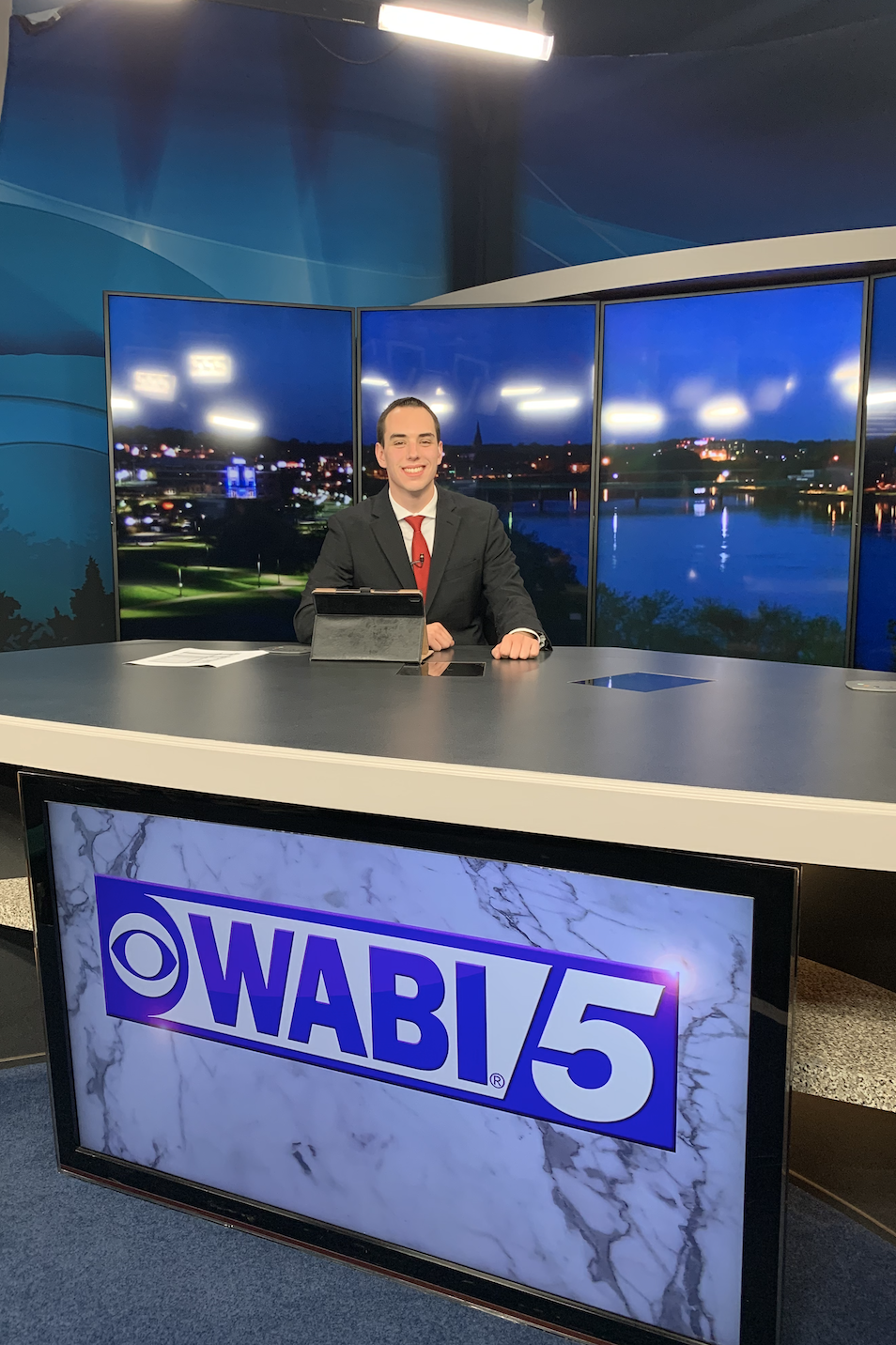The Garden State
blooms on ice
An in-depth look at how New Jersey became a professional hockey powerhouse
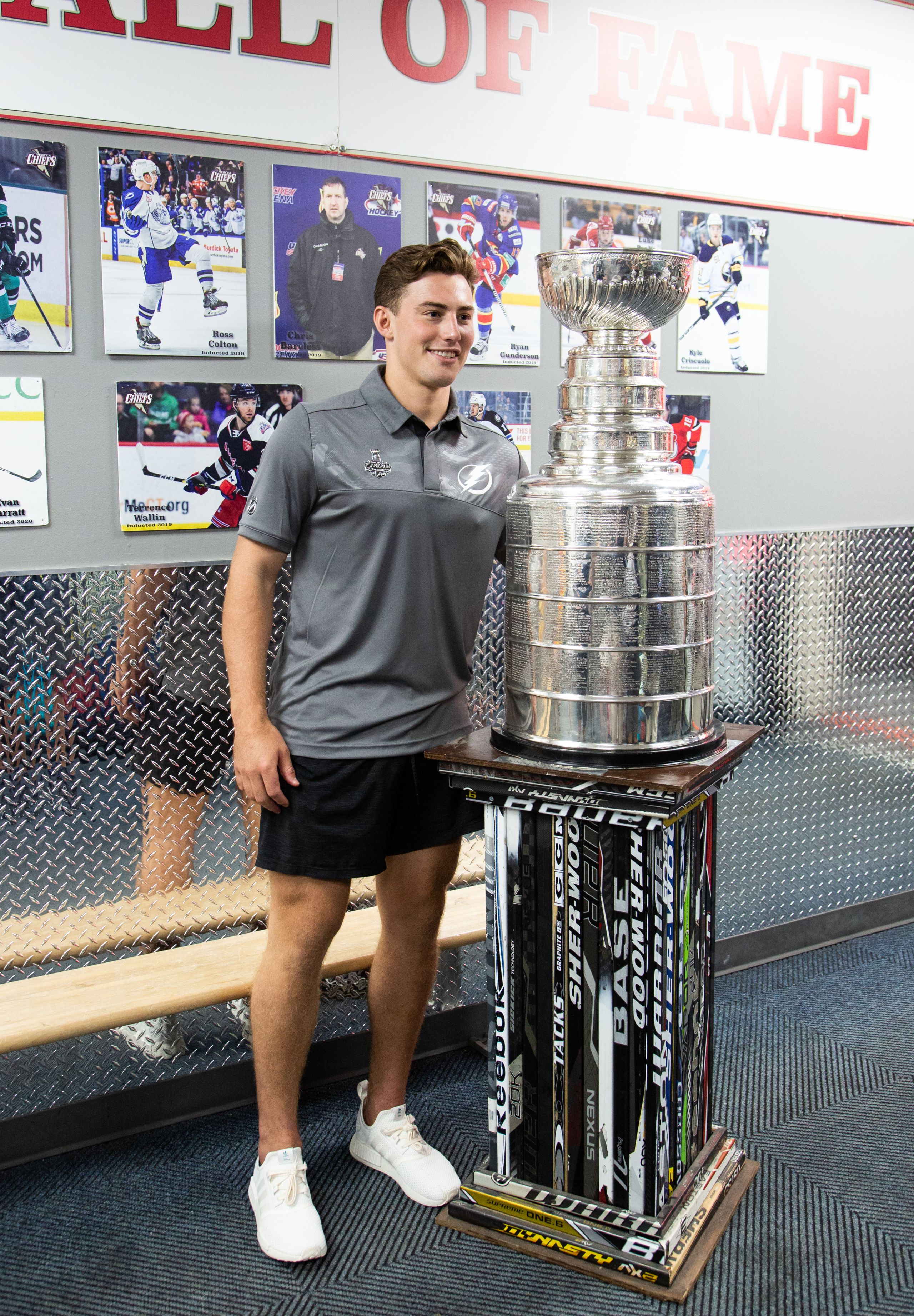
In the biggest moment of Ross Colton’s life, a childhood coach’s advice rang in his memory.
“Good things happen when you go to the net.”
Longtime New Jersey youth hockey coach Chris Barcless taught Colton the importance of driving to the net when he played youth hockey at Ice-Land Skating Center in Hamilton, a small town in central New Jersey. Back then, Colton was just a kid who loved playing hockey at his hometown rink, with no idea how important those early-morning training sessions would become.
Now a 24-year-old rookie forward on the Tampa Bay Lightning, Colton was the least-experienced player on the ice in a scoreless Game 5 of the 2021 Stanley Cup Finals. The Lightning were one win away from hoisting their second consecutive Stanley Cup. With the puck lodged against the boards late in the second period, Colton waited patiently for the 3-inch disk of vulcanized rubber to squirt free.
Eventually, two-time Rocket Richard Trophy winner Steven Stamkos kicked it loose. As two-time all-star Ryan McDonagh skated along the blue line, he dished the puck to 10-year veteran David Savard at the right circle. Colton knew instinctively what to do.
“Good things happen when you go to the net.”
Colton darted around hulking Montreal Canadiens defenseman Joel Edmunson, and parked his 6-foot, 202-pound frame beside Vezina Trophy-winning goaltender Carey Price. Savard initially thought about shooting, but changed his mind when he saw Colton open. He sauced the puck over the outreached twig of Ben Chiarot, and by the time it hit Colton’s turning stick in the blue paint, nothing stood between it and the back of the net.
1-0 Lightning with 26 minutes to go.
“Those last 20 minutes were the longest 20 minutes of my life,” Colton said. “It felt like it was three hours.”
As the clock ticked down, the Lightning held off a rush from the Canadiens, and won their second straight title. Colton had scored the Stanley Cup-clinching goal – the first time in NHL history that a player born in New Jersey did so.
“I kind of just stuck around and kept getting better every day,” Colton said. “I earned my spot, found my role, and just tried to roll with it. And then to win the Stanley Cup was just, I can't put it into words. It all happened so fast and still hasn't really sunk in yet.”
Colton’s individual accomplishment loomed large for his hometown state.
From humble beginnings
to champions
The Devils, once called a "Mickey Mouse organization," begin to find their way
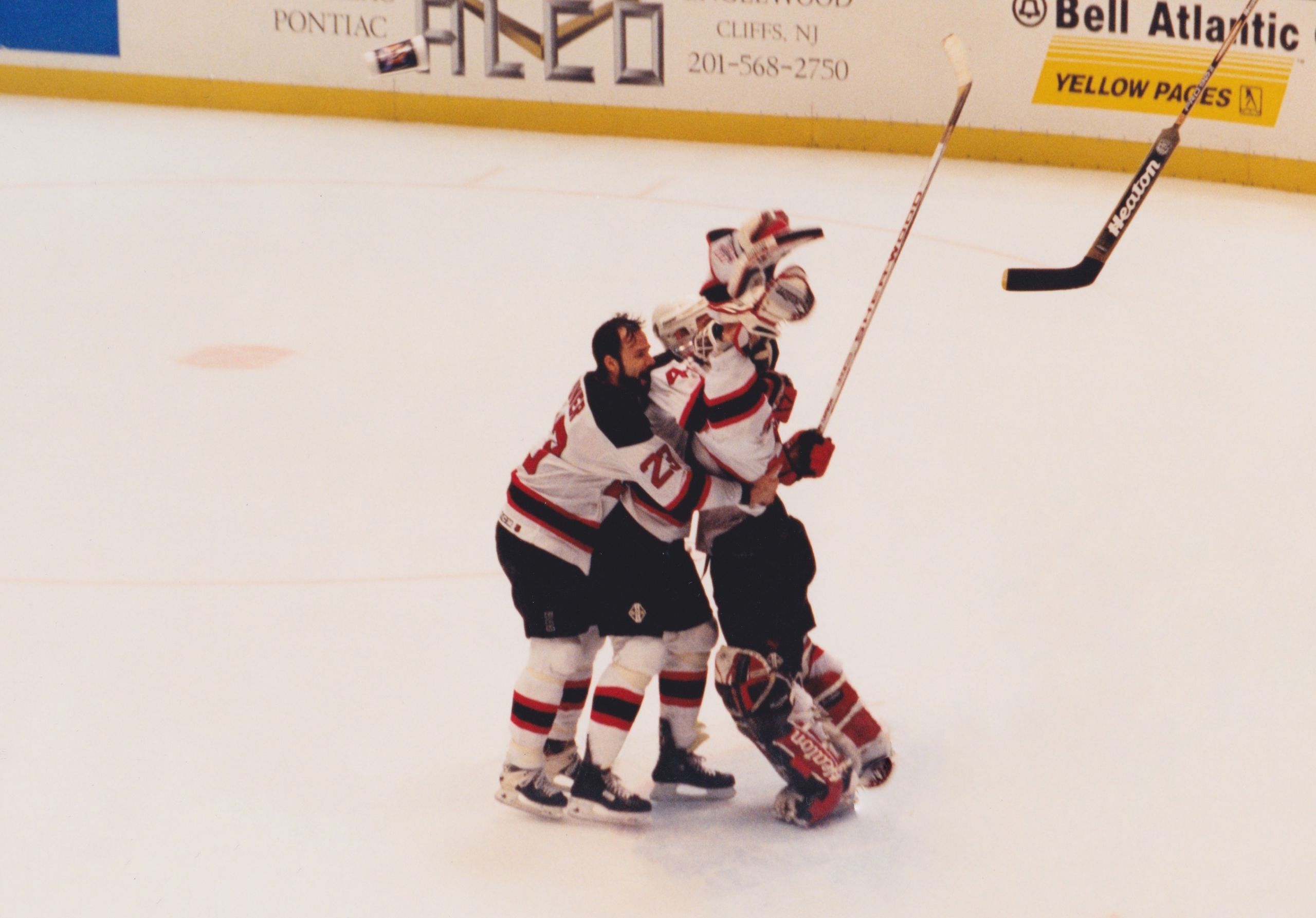
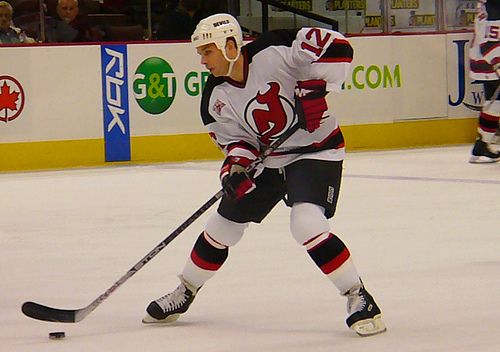
Jim Dowd was one of the first successful pro hockey players from New Jersey. Credit: Wikimedia Commons
Jim Dowd was one of the first successful pro hockey players from New Jersey. Credit: Wikimedia Commons
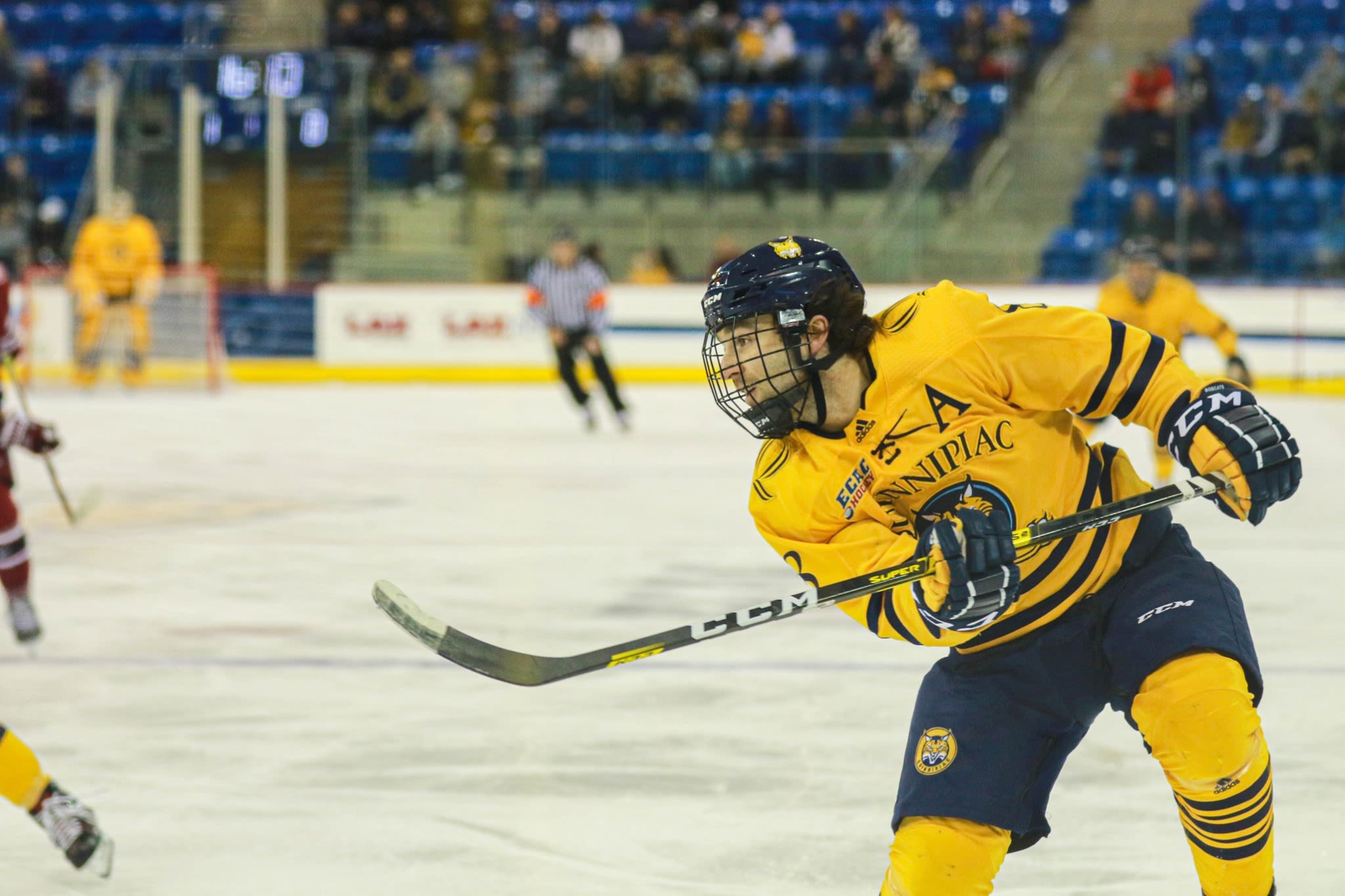
Alex Whelan went from New Jersey, to a nationally-ranked college program at Quinnipiac University, to the pros. Credit: Liz Flynn, QBSN
Alex Whelan went from New Jersey, to a nationally-ranked college program at Quinnipiac University, to the pros. Credit: Liz Flynn, QBSN
Hockey in New Jersey began slowly.
The New Jersey Devils arrived in East Rutherford in 1982 after the franchise flopped in Kansas City and Denver. The Devils mostly scuffled in their first decade -- all-time great Wayne Gretzky even called them a “Mickey Mouse organization” -- before they turned things around in the 1990s.
One year before Colton was born, Jim Dowd of Brick, New Jersey, scored the game-winning goal for the Devils in Game 2 of the 1995 Stanley Cup Finals against the Detroit Red Wings, helping New Jersey to a 2-0 series lead. The Devils won the series in four games, the team’s first championship. The Devils won two more Stanley Cups in the next eight years.
Seemingly overnight, New Jersey found itself in the hockey limelight.
Fans of the Devils sprouted in the Garden State, while New York Rangers and Philadelphia Flyers fans defended their turf. The teams frequently clashed in the playoffs, and had some of the most successful runs in their history. The rivalry enveloped the entire small-but-crowded state of New Jersey, creating new fans.
Alex Whelan, a winger from Ramsey who plays for the Rangers' AHL affiliate in Hartford, credits the Devils for his start in hockey.
“I’d probably put it back to the Devils, their Stanley Cup dynasty they had,” Whelan said. “I was always a Devils fan growing up, I was actually at Game 7 in 2003 (when they won their third Stanley Cup) … We had so much to watch in New Jersey, and so many good players on the Devils, and they were winning championships, and that was probably a big part of why so many New Jersey guys kept playing hockey, wanting to get to that point.”
USA Hockey, the national hockey governing body, breaks the country into “districts.” New Jersey is part of the Atlantic district, which also includes eastern Pennsylvania and Delaware. In 1990-91, the district consisted of 14,886 hockey players. By 2019-20, the district had more than doubled in size to over 36,000 active players, including 19,404 from New Jersey. Today, the number of New Jersey hockey players exceeds what the entire three-state district had 20 years ago.
“When you increase your grassroots effort and grow the game, you’re going to have more higher-end, elite players,” said Atlantic District regional manager Rich Hansen.
According to QuantHockey.com, there had only been six NHL players from New Jersey until the 2005-06 season. Since then, there have been 21 pro hockey players from the Garden State in just 15 years. New Jersey is 11th all-time among states in total NHL players produced, but is sixth in active NHL players with 16. NHL teams have drafted 58 players from New Jersey all-time, and 20 of those draftees have come since 2010. Some of the most recognizable players in the NHL today have come from the Garden State, something that seemed farfetched 20 years ago.
At that time, youth hockey wasn’t a major focus in most of America outside of a few local hotbeds. According to QuantHockey.com, there have been more than 1,300 NHL players from the United States, and 815 of them – just over 60% – have come from the “Big Four” states of Minnesota, Massachusetts, Michigan and New York. That percentage was even higher before the growth of USA Hockey two decades ago.
“You look at 20 years ago, how many rinks were in New Jersey compared to now?” Andy Gojdycz, head coach of the Christian Brothers Academy in Lincroft, asked. “When I grew up, there was literally - I can count on probably two hands how many rinks there were in New Jersey.”
Gojdycz also believes that young hockey players were trained with the wrong methods. Coaches in New Jersey knew how to build football players, but traditional football exercises like running and weightlifting don’t do much for a hockey player, who requires plyometric training.
“Back then, I believe we trained more like football players than hockey players,” Gojdycz said. “Nothing against football, but every down probably takes anywhere between one minute to sometimes two minutes depending on what happens. It’s not that 30-second burst of speed that hockey has.”
Congratulations to @CBAColtsHockey head coach Andy Gojdycz '96 for being named the NFHS New Jersey Hockey Coach of the Year!
— CBA Colts Athletics (@CBAColts) January 29, 2021
Gojdycz led CBA to a 20-4-3 overall record, winning both the state and conference championships.
Read more: https://t.co/OHuqU9HREw#TogetherAsColts pic.twitter.com/wwDzAJ6dur
“I think the biggest thing was we were training our kids like little adults,” Hansen said. “It was like a ‘This is the way things have always been done’ attitude… The old-school way of taking a group of eight-year-olds and screaming at them, and almost scaring some kids that potentially could be pretty good athletes out of the sport wasn’t a great model.”
Hockey was niche in America, but it was booming in Europe as nations like Sweden and Finland bested Team USA in international tournaments. Something had to change for USA Hockey to ensure not only the sport’s growth, but its survival.
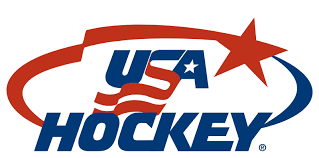
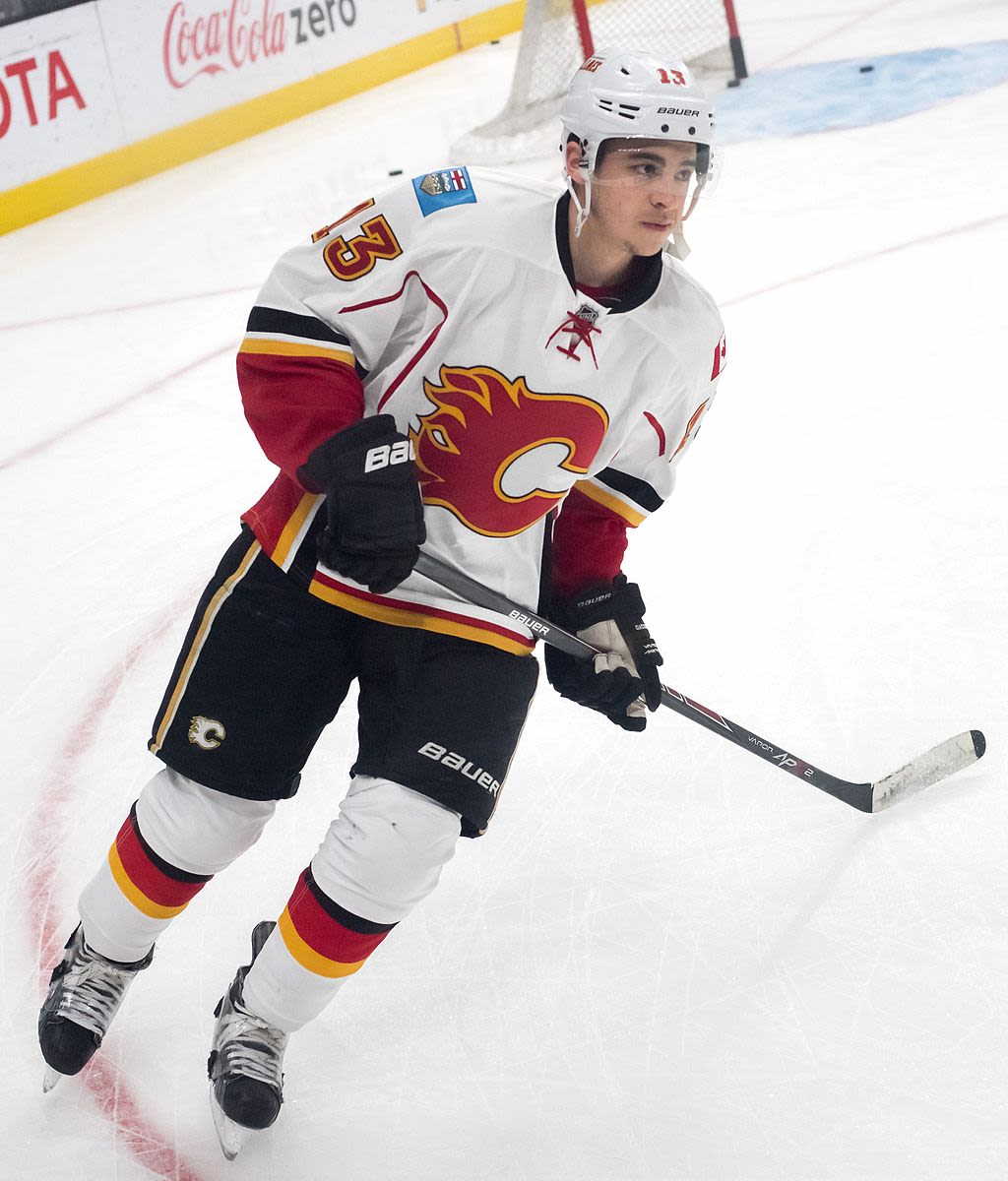
Johnny Gaudreau, known as "Johnny Hockey," played his youth hockey in Salem, and is now an NHL All-Star. Credit: Wikimedia Commons
Johnny Gaudreau, known as "Johnny Hockey," played his youth hockey in Salem, and is now an NHL All-Star. Credit: Wikimedia Commons

James van Riemsdyk is an alum of Christian Brothers Academy in Lincroft, NJ, and now plays for the Philadelphia Flyers about an hour from his childhood home. Credit: Wikimedia Commons
James van Riemsdyk is an alum of Christian Brothers Academy in Lincroft, NJ, and now plays for the Philadelphia Flyers about an hour from his childhood home. Credit: Wikimedia Commons
Changing the game
How USA Hockey adapted for a sustainable future

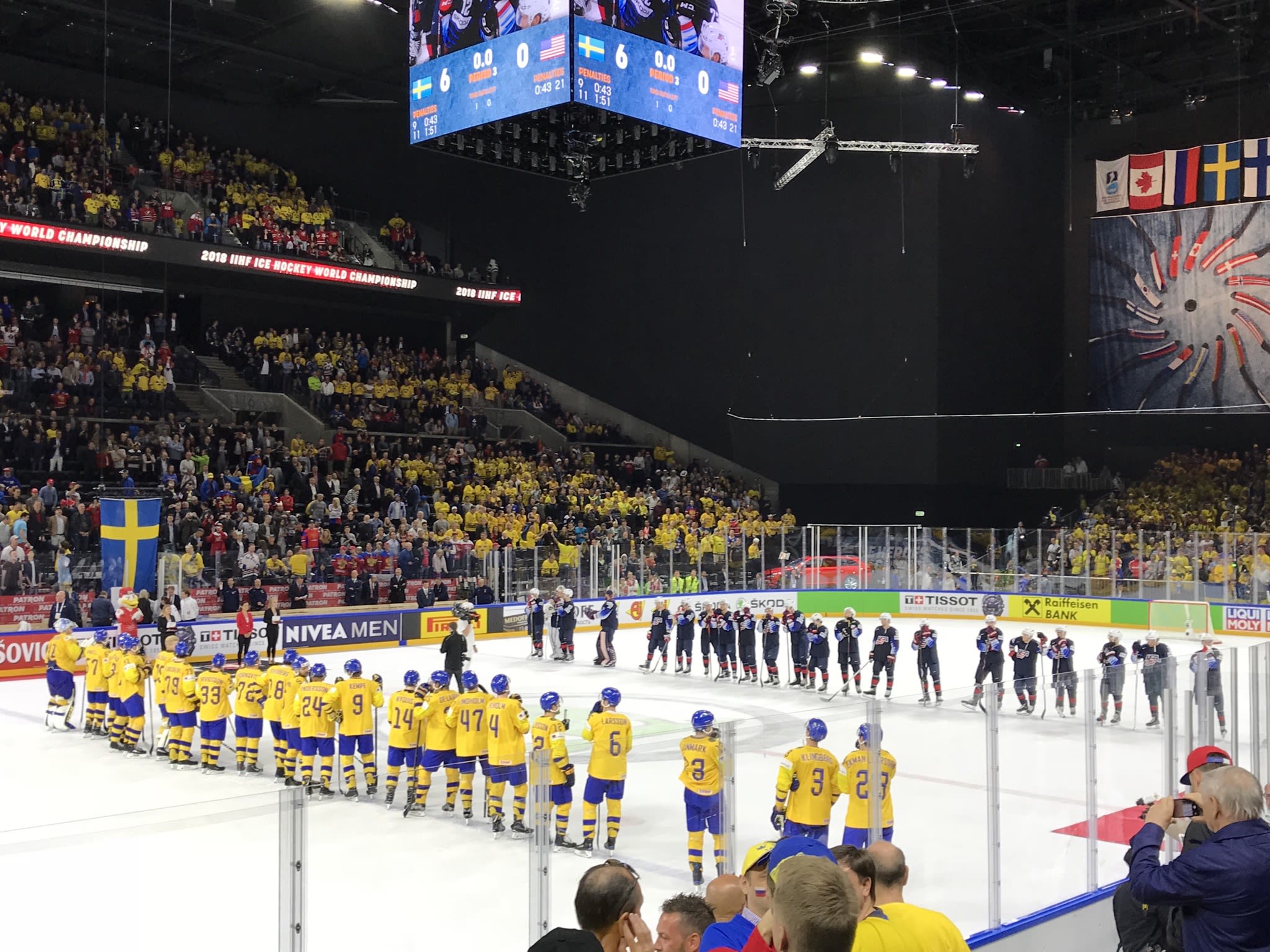
USA Hockey endured many battles with Sweden and Finland over the years, before ultimately learning from their opponents. Credit: Wikimedia Commons
USA Hockey endured many battles with Sweden and Finland over the years, before ultimately learning from their opponents. Credit: Wikimedia Commons
In order to get even with, and ultimately surpass, European hockey nations, USA Hockey had to learn from its adversaries.
“You look at what (nations like Sweden and Finland are) doing at the high end, the Olympic level and World Championship level, and they’re competing with us, and we’re saying, ‘How is this possible?’” Hansen said. “The big reason is, they have patience with their players, and they don’t treat them like little adults.”
The game instructed in Europe didn’t resemble the one taught in America. While American coaches trained as if it were football on ice, European training excelled in skill development. Children practiced on cross-ice sheets instead of the full rink, an approach that allowed more kids to play and develop a greater focus on quick decision-making. Multiple lightweight pucks were on the ice at any given time, along with tires and other obstacles. Coaches didn't teach hitting until players had developed the requisite hockey sense to add that element to their game.
For USA Hockey to rewrite the book on hockey development, things needed to look drastically different.
“When you try and change a sport, you go from full-ice hockey to half-ice hockey, and you start having practices with 40-50 kids on the ice, in some of these traditional markets, that’s a big change,” Hansen said. “We just took an idea that people used, and looking over in Europe at what they did, and kind of combined it into a blueprint that we thought would be effective for all ages.”
“(American) coaches were asked to analyze what happened in that little 3-on-3 scrimmage,” Gojdycz said. “A lot of puck movement, a lot of skill, kids moving, finding open areas, just trying to score and win. They did the same thing for the 12U, or peewee-aged kids, and what do you think they saw? Negating passes, trying to hit people, really no skill acquisition. So, that kind of started that trend, like, ‘OK, we have a prime example of why we need to change.’”
USA Hockey unveiled the American Development Model in 2009. Created with the goal of bringing the game to more young players – according to Aspen’s “Project Play”, 43 percent of kids quit hockey by age 9 – ADM changed how coaches taught hockey. Coaches learned new ways to develop and retain hockey players, including the practice styles observed in Europe. The rules eliminated bodychecking under the age of 12, and promoted a 3:1 practice-to-game ratio. Coaches like Chris Barcless told their players to focus less on chasing achievements, and more on developing their game.
“You look back, and no one’s going to care how many games you won as a bantam or as a midget,” Barcless said. “The end goal is to play college and to play pro. As a coach and as a camp here, we focus on skills, skills, skills. Usually, the kids with the best skills end up in the pros.”
Ice Land Skating Center and the Mercer Chiefs wish these 4 former Chiefs, the best of luck, as they go off to their professional team tryout camps!
— Mercer Chiefs (@mercer_chiefs) January 2, 2021
Pictured from left to right -
◾️Ross Colton (Tampa Bay Lightning)
◾️Evan Barratt (Chicago Blackhawks)
◾️Coach Chris Barcless pic.twitter.com/ZCYMcfBOp1
The new model also had NHL support. According to Aspen, the league pledged an annual $4 million gift to USA Hockey and encouraged its teams to get involved with area hockey programs. “Learn to Play” programs are the lowest level of organized hockey, which allow a child to try hockey for a few weeks at an inexpensive rate. In New Jersey, the Devils, Flyers and Rangers each partnered with learn-to-play programs and eventually Tier 1 and 2 youth leagues for kids who continued at a higher level.
These programs are led by familiar faces. Nick Schultz, a defenseman who played more than 1,000 NHL games, coaches the Flyers Elite 2007 team. He shares knowledge from his professional experience with 14-year-old players, and he’s not alone. Former Flyers Keith Primeau, Kimmo Timonen, Danny Briere, Sami Kapanen and Kjell Samuelsson have put their kids through the program at the Flyers Skate Zone in Voorhees, NJ.
“Having guys involved in coaching and wanting to help the youth level, that’s been big,” Schultz said. “Just having an NHL franchise in your city really helps grow the game and having players to look up to.”
Schultz’s team plays in the Atlantic Youth Hockey League, which includes teams from New Jersey, eastern Pennsylvania, New York, Connecticut and Maryland. The players are 14 years old, which marks the age that kids can first compete in district and national tournaments.
“Lots of kids are getting an opportunity to play, and play at high levels, and I think there’s good leagues around,” Schultz said. “The top teams in New Jersey travel and play all over the United States and play against top competition.”
Whelan played for the Jersey Hitmen, a junior team out of Wayne. He believes that the new development model has made the state one of the best in American hockey.
“I’d put (New Jersey) in the top tier,” Whelan said. “There’s probably about five or six states that are just producing really great talent right now, and I’d say New Jersey is probably up there with them. I think we’re just really starting to become a hockey state. There’s now more people coming up from New Jersey than ever before.”
Colton is atop the hockey mountain right now, but he never chased the “best team” as a child, instead playing for his hometown Mercer Chiefs with his friends.
“I was never the best player when I was younger,” Colton said. “I was never the biggest, I was never the strongest. I see kids today (and) they always get worried about getting recruited and ‘How am I going to get seen?’ But, that comes with time.
“Just don't worry about traveling all over the world to get noticed. If you just stay local, work hard in the gym, and if you're good enough, I think they'll find you.”


NHL teams began to sponsor area youth leagues.
NHL teams began to sponsor area youth leagues.
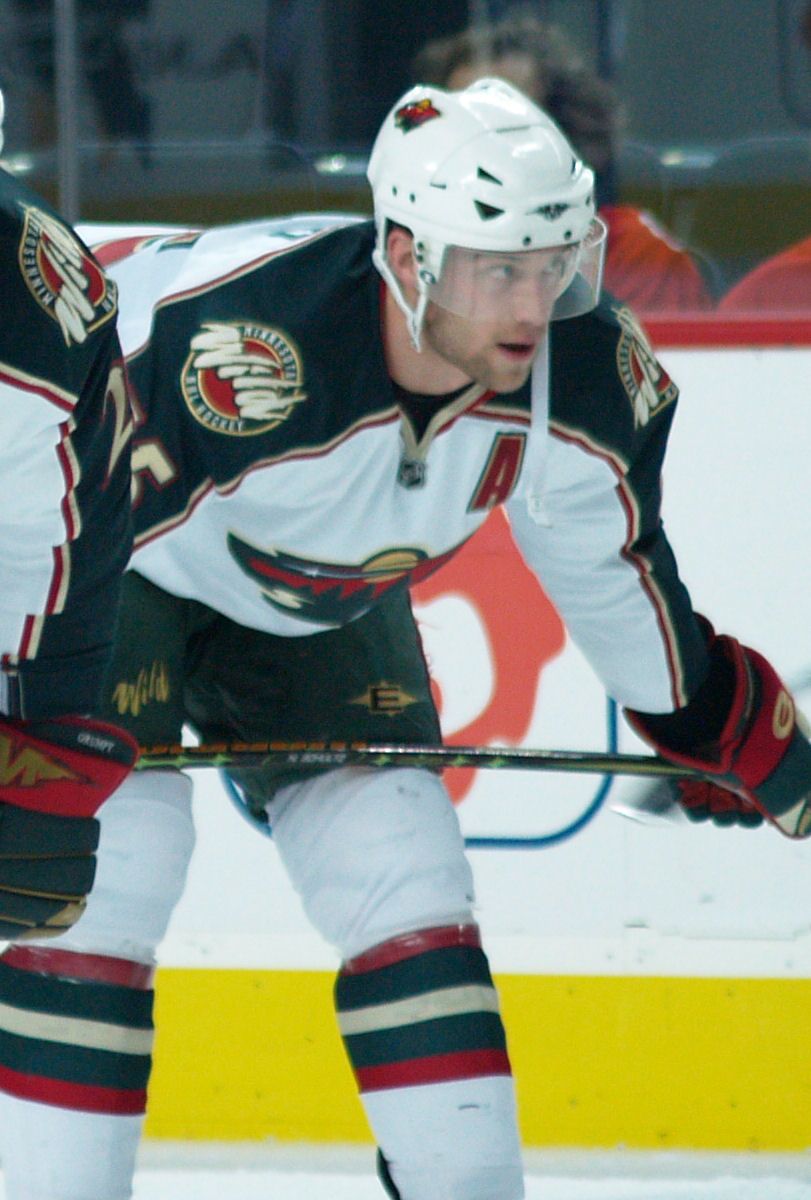
Nick Schultz played more than 1,000 NHL games, including 10 years in American hockey hotbed Minnesota, and three seasons with the Flyers. Credit: Wikimedia Commons
Nick Schultz played more than 1,000 NHL games, including 10 years in American hockey hotbed Minnesota, and three seasons with the Flyers. Credit: Wikimedia Commons
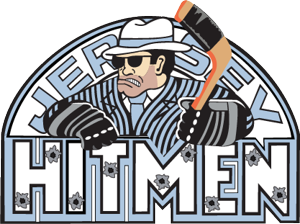
Alex Whelan played youth hockey for the Jersey Hitmen, a program that also graduated NHLers Brett Pesce and Connor Clifton.
Alex Whelan played youth hockey for the Jersey Hitmen, a program that also graduated NHLers Brett Pesce and Connor Clifton.
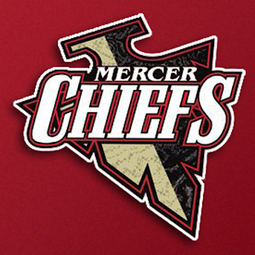
Playing for the hometown Mercer Chiefs allowed Ross Colton to hone his skills while having fun.
Playing for the hometown Mercer Chiefs allowed Ross Colton to hone his skills while having fun.
According to the Aspen Institute, “A 2014 study found ADM delivered physical activity and skill instruction to 60 percent more kids. Hockey is now one of the few team sports with rising participation.” Furthermore, New Jersey was one of the states most impacted by ADM. The number of youth hockey players in New Jersey rose by 3,000 from 2009-2019, and despite a participation dip in 2020 caused by the COVID-19 pandemic, experts say the numbers are expected to return to their norms in 2021. The 19,404 players from New Jersey in 2019-20 was more than every state except Minnesota, Massachusetts, New York, Michigan, California, Pennsylvania, Illinois, Wisconsin and Florida -- states that are up to 20 times larger than New Jersey.
A Hamilton homecoming
Ross Colton remembers his roots
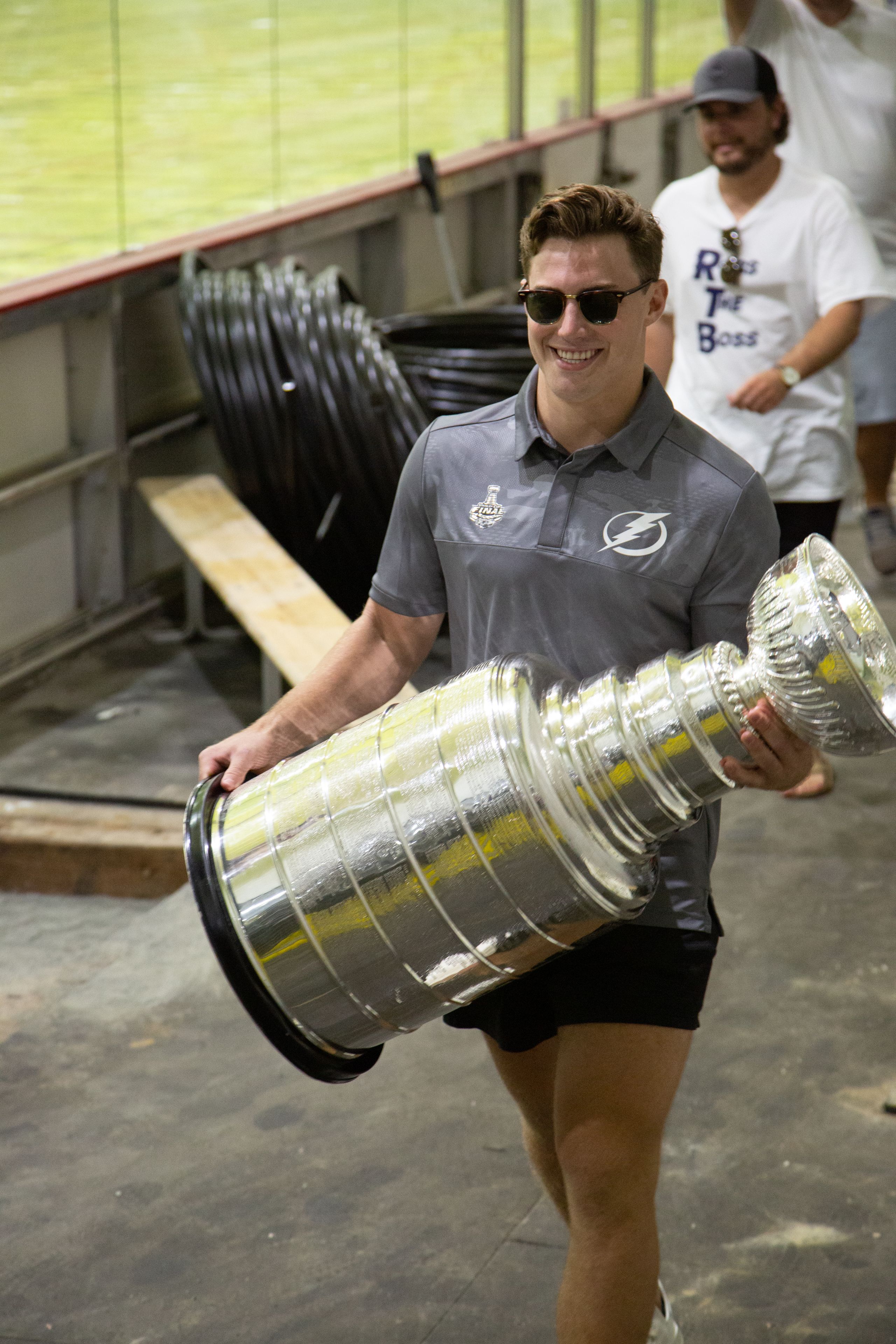
The days after winning the Stanley Cup were a blur for Colton.
He celebrated the championship with his teammates, attended a memorable boat parade, and called loved ones. Colton then found out he’d be the first player to receive the Stanley Cup for a day – a tradition that started in the 1990s. Some players take the Cup golfing or for a swim, while others bring it along for wild nights out on the town, drinking out of the 34.5-pound silver chalice. Colton, though, knew exactly where to take the trophy first.
Our very own Chris Barcless on TBL’s page with Ross Colton! 💙⚡️! @TBLightning @AYHL pic.twitter.com/XXUnswBsqS
— Mercer Chiefs (@mercer_chiefs) August 5, 2021
Colton and his coach, Barcless, took the trophy to Ice-Land Skating Center, the rink in Hamilton where Colton's journey began. Along the way, Colton couldn’t shake a persistent worry.
“I was a little nervous if people were going to show up,” Colton admitted. “I didn’t want to go and then nobody would be there. It would be kind of embarrassing.”
When Colton and Barcless arrived at Ice-Land with the Stanley Cup via police escort, it was a madhouse that neither had ever seen before at the rink. Between 2,000-4,000 people crowded the building, anxious to cheer on Colton and catch a glimpse of the storied trophy. Barcless delivered a brief speech at the event that summarized Colton’s achievements.
“Every kid I coach, be it college or beginners, every kid’s dream is to make it to the NHL,” Barcless said. “That’s everybody’s dream – even the college guys, and the pro guys that are below (the NHL). Then I said, take it one step further, it’s everyone’s dream to play in the NHL and win a Stanley Cup. And then I said, take it one step further, it’s everyone’s dream to play in the NHL, go on to win the Stanley Cup, and score the game-winning goal to win the Stanley Cup, and Ross did all three of those things. He basically completed everyone’s dream in one year.”
Just a few of the many photos that have been taken this morning! pic.twitter.com/8bBA89DMEX
— IceLand Skating Center (@icelandhamilton) July 16, 2021
Colton is the only player from Ice-Land in the NHL right now, but the impact that he made on the thousands of kids he met at the rink is still to come.
“It was just so special for me because I remember I was their age one day, and I always dreamed of winning the Cup,” Colton said. “I feel like for them to see me, a (Mercer) Chiefs guy growing up, just see that hard work pays off and that their dream can come true one day for them too, it's just pretty special for me.”
About the author
Tom Krosnowski grew up in Allentown, New Jersey. He has a Master's degree in Sports Journalism and a Bachelor's in Journalism from Quinnipiac University. This story is part of his capstone project for QU Sports Journalism.
While at QU, Tom covered the nationally-ranked Bobcats men's and women's ice hockey teams as a beat reporter and broadcaster. He works as a news anchor/reporter in Bangor, Maine, and plans to continue sharing his love of storytelling and hockey.
You can reach Tom at Thomas.Krosnowski@Quinnipiac.edu.
